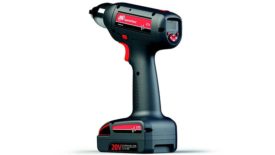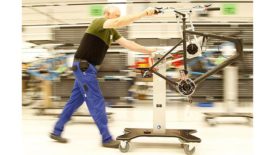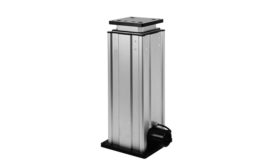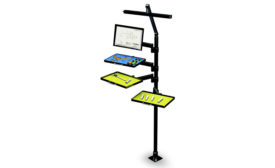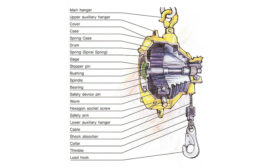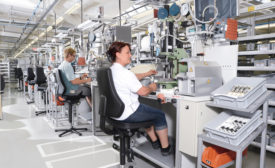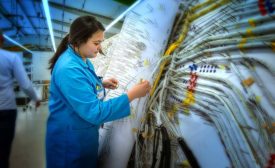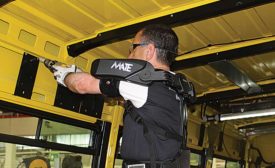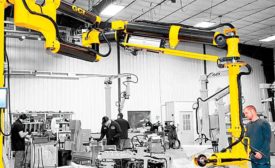Home » Keywords: » ergonomic assembly
Items Tagged with 'ergonomic assembly'
ARTICLES
The Ergonomics of Wire Harness Assembly
Manual tasks pose numerous risks to assemblers
October 15, 2020
Exoskeletons Aid Assemblers at Truck Plant
Workers at IVECO’s assembly plant in Brescia, Italy, get mechanical help on the line.
June 12, 2020
Tool Balancers and Support Arms
Traditional tool balancers and evolving support arms boost worker efficiency and safety
July 10, 2019
Get our new eMagazine delivered to your inbox every month.
Stay in the know on the latest assembly trends.
SUBSCRIBE TODAY!Copyright ©2024. All Rights Reserved BNP Media.
Design, CMS, Hosting & Web Development :: ePublishing
